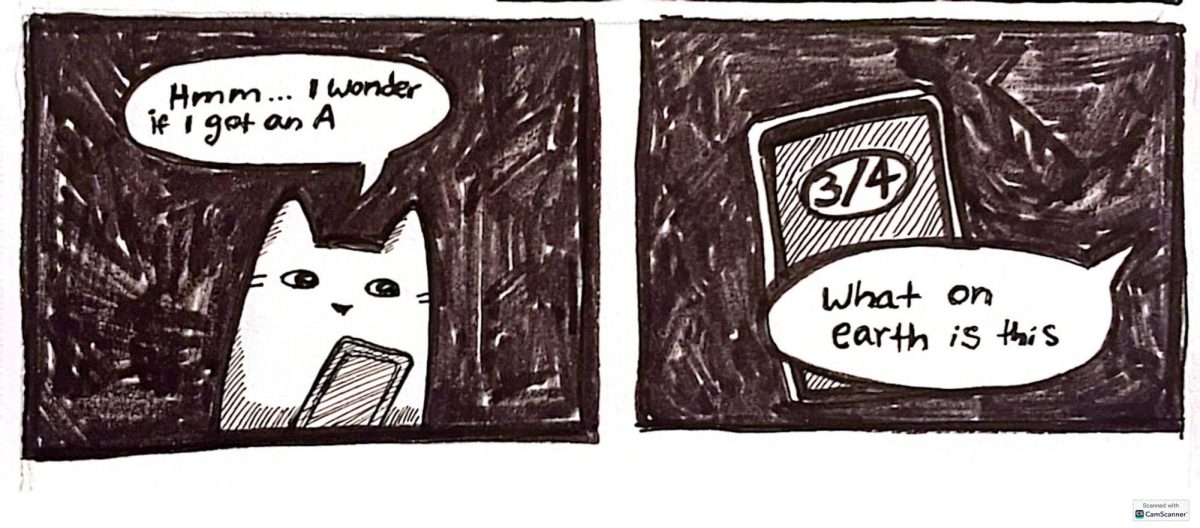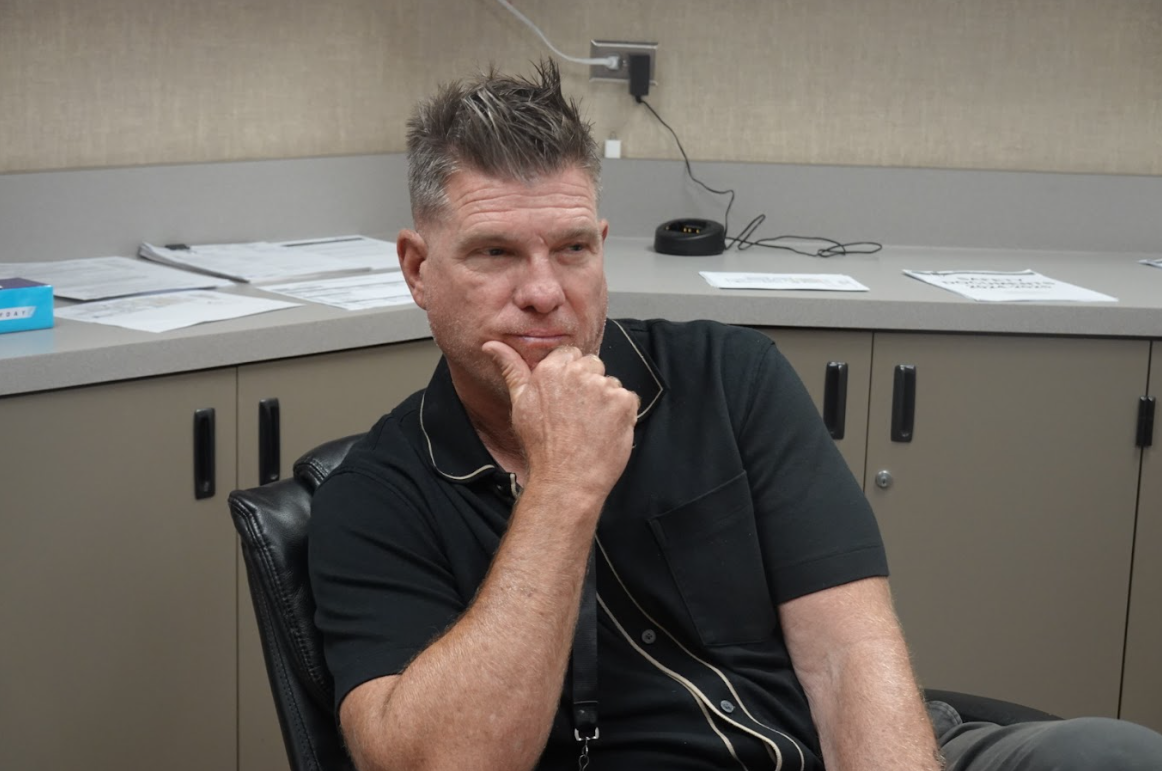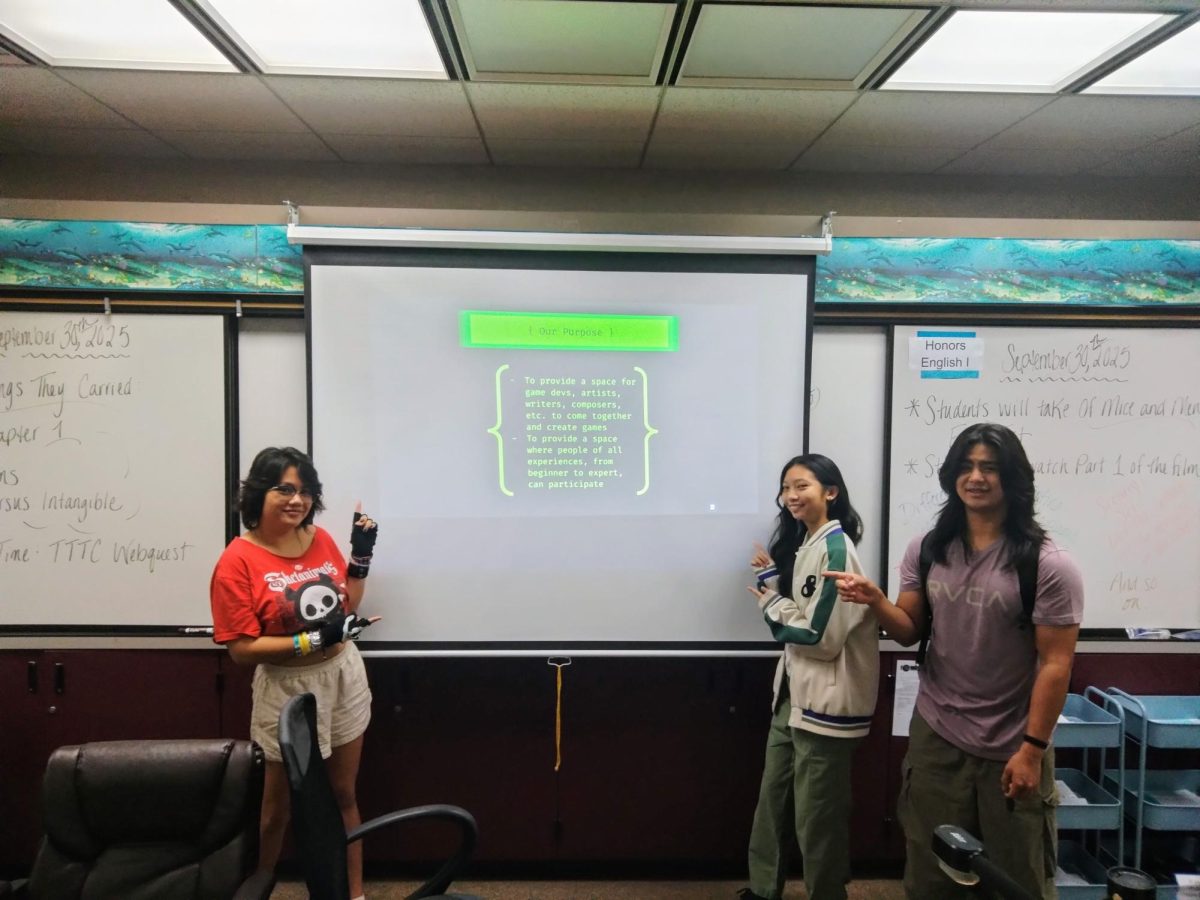The Capistrano Unified School District is creating a new grading system for all schools to use in order to make their new board policies work. The system will likely not be in place in the near future, as plans have only just begun their slow transition into classrooms.
The board policy 5121.1, which was posted in early 2023, expresses the district’s goal to give students and parents “Course grades that represent an accurate evaluation of student mastery of the content.”
The district hopes to create this more “accurate evaluation” by focusing on testing students strictly by standards given by the state, nation or district. According to the policy, anything that doesn’t test a student’s knowledge won’t be shown in a student’s academic grade, but on a separate report sheet.
Schools around the district are piloting new methods of grading in order to form the new system. At every school, including Aliso Niguel, a couple of teachers from each department volunteered to help pilot, and they formed a group called the Grading Coalition.
These teachers were given a book called “A Repair Kit for Grading: 15 Fixes for Broken Grades” by Dr. Ken B. O’Connor, which offers new ways to gauge students’ skills. Teachers got to pick methods they believed would work best, and experiment in their own classrooms. At the end of the year, results will be shared to find the best course of action.
“Integer Grading” is also being tested out. Students will be evaluated on a standard (given by the district, state, or nation) in each subject, and their proficiency will be represented through a number on the “Integer Grading” scale. For now, there is no official scale for teachers to use, and they can make their own in a way that they see fit for their class.
What teachers have appreciated about the changes is that they truly emphasize student growth and show their progress.
Ms. Anderson, an English teacher in the Grading Coalition said, “[Teachers] start thinking about really what [they’re] teaching and making sure … that the students are learning it because you are only really assessing one standard.” she continued, “So it breaks [grading] down in a way that really you are looking at students more closely.”
Some believe that the main struggle will be the big transition that both students and teachers will need to make in order to reach the full plan.
Mr. Kelley is part of the math department in the Grading Coalition. He said, “The biggest thing right now is everyone getting used to it … It’s been tough for my classes to get used to the fact that these are some options that are open to them.”
He explains that it has been difficult to judge the true efficiency of the system as it is not currently being used at its full potential because students are still learning how it works.
Though the information is not widely known yet, teachers who are not part of the coalition were recently informed of this system during a presentation on Pupil Free Day, and were encouraged to try some of the fixes in their classes. Pupil Free Day takes place the day after Halloween and informs teachers on updates or reminders.
These modifications are still in the beginning stages of truly being integrated into the official system of the school district, so it may be years until it is used, but the goal is to create a more transparent and fair grading system where learning is prioritized.








